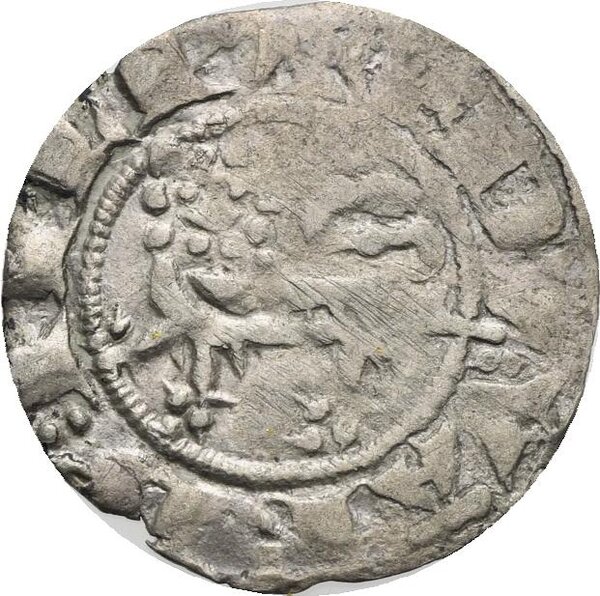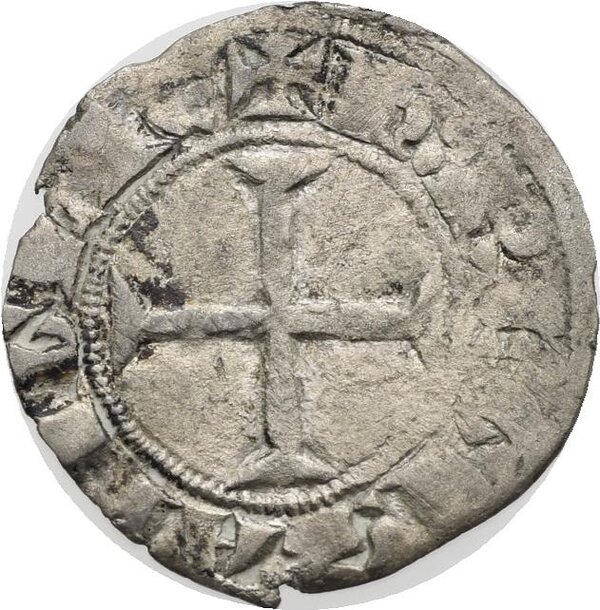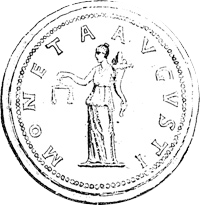





France. Aquitaine. Duchy of Aquitaine. Eduard I, 1252-1307, Duke, 1252-1272. Denier with leopard, circa 1253-1272. (Billon, 18.5 mm, 0.85 g). Bordeaux. + EDVVARD’: FILI’ Leopard passing to the left, mouth to the front. Rev. + h’ REGIS ANGLIE Cross patent. Bd. 474 (5f). PA. 2786 (60/13). E. 13b. Elias 30a. More than Fine. An evenly worn specimen on a wide, slightly irregular flan.
Ex CGF, 26 July 1999, lot 815.
Henry III (1216-1272) entrusted the Duchy of Aquitaine to his son Edward from 1252. By the Treaty of Paris in 1259, the King of England and his son agreed to acknowledge the King of France, Louis IX, as their sovereign and to pay tribute to him for Aquitaine, bringing the first Hundred Years' War to an end. The legend on the coin can be translated as follows: Edward son of Henry king of England. The Aquitanian title does not appear on this denarius.
Edward Plantegenet (1239-1307) was the eldest son of Henry III (1216-1272) and Eleonore de Provence. He was first Duke of Aquitaine (1252-1272) and married Eleonore of Castile, who died in 1290. In his second marriage he married Marguerite de France, the daughter of Philip III the Bold (+1317). He paid tribute for Guyenne and Aquitaine and recovered the territories lost at the Treaty of Paris in 1259. After the annexation of Wales, Eduard I made his son Edward the first Prince of Wales, a title subsequently borne by all the Kingdom's heirs. Edward fought against the Scots and defeated them in 1296 and 1298. At the end of his reign, he was faced with the rise of Robert Bruce (1306-1329). The other enemy was Philip IV the Fair, who tried to counter the influence of the Plantagenets in Aquitaine. Philip's daughter Isabella married Edward's son, the future Edward II.


